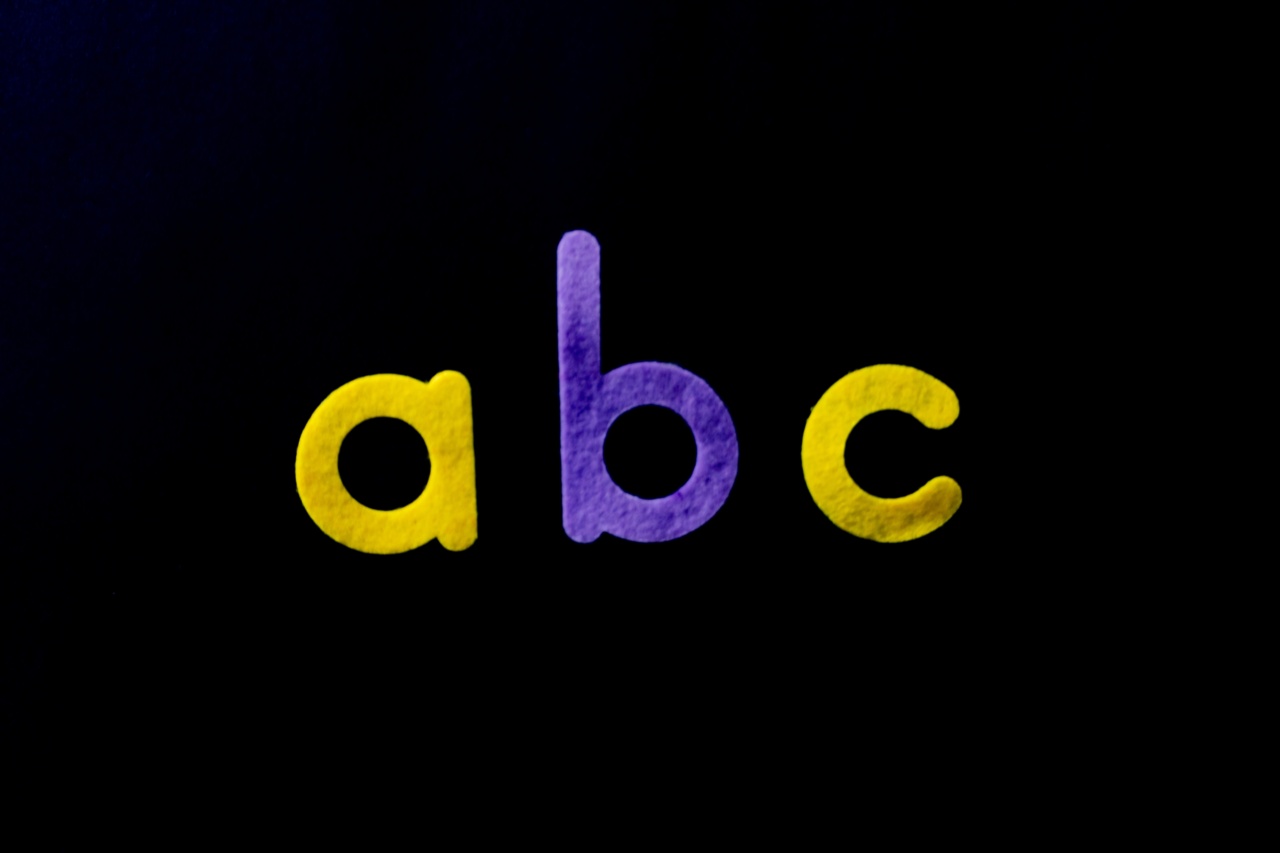Having a bright smile can significantly boost your confidence and overall appearance. However, if your teeth have taken on a yellow hue, it can be a cause for concern.
Yellow teeth can be attributed to various factors, including diet, oral hygiene practices, and lifestyle choices. Understanding the common causes of yellow teeth is essential for maintaining oral health and preventing further discoloration.
In this article, we will delve into the primary culprits behind yellow teeth and provide tips on how to prevent or address this issue effectively.
1. Poor Oral Hygiene
A fundamental cause of yellow teeth is poor oral hygiene. When we neglect regular brushing, flossing, and mouthwash usage, plaque and tartar accumulate on our teeth, leading to stains and a yellowish appearance.
2. Food and Drink
Consuming certain foods and beverages with intense pigmentation is another factor contributing to tooth discoloration.
Dark-colored foods and drinks like coffee, tea, red wine, and berries contain chromogens, which can attach to tooth enamel and result in yellowing.
3. Tobacco Use
Smoking or chewing tobacco can have severe consequences on your oral health. The nicotine and tar present in tobacco products can cause significant yellowing of teeth.
Moreover, these substances also increase the risk of periodontal diseases and oral cancer.
4. Aging
As we age, the enamel on our teeth naturally starts thinning. Underneath the enamel lies the dentin, a yellowish substance. When the enamel becomes thinner over time, the dentin becomes more visible, resulting in yellow or discolored teeth.
5. Medications
Some medications, especially antibiotics like tetracycline, can have a direct impact on tooth color. If taken during tooth development stages, these drugs can cause intrinsic stains, leading to yellow or grayish teeth.
6. Genetics
Genetics play a role in determining our tooth color as well. Some individuals naturally have thicker enamel or whiter dentin, resulting in a brighter smile. Conversely, those with thinner enamel or more yellowish dentin may be prone to yellowing teeth.
7. Dental Trauma
An injury or trauma to the teeth can affect their overall appearance. If the dentin or enamel is damaged due to an accident, the tooth may develop a yellow or brownish hue.
8. Excessive Fluoride
While fluoride is crucial in preventing tooth decay, excessive exposure to fluoride can cause a condition called fluorosis. Fluorosis can cause white, brown, or yellow spots on the teeth, altering their natural color.
9. Enamel Erosion
Acidic foods, carbonated beverages, and frequent vomiting (due to certain medical conditions) can lead to enamel erosion. When the enamel erodes, the dentin is exposed, resulting in yellowing or discoloration of the teeth.
10. Dental Conditions
Certain dental conditions, such as tooth decay, gum disease, or poor dental work, can contribute to yellow teeth. These conditions can cause damage to the tooth structure, leading to discoloration.
Now that we have explored the primary causes of yellow teeth, it’s essential to adopt preventive measures to maintain a healthy, white smile.
Regular brushing, flossing, and using mouthwash are essential in preventing plaque buildup and reducing staining. Additionally, avoiding or limiting the consumption of pigmented foods and beverages can help prevent further discoloration.
If you are a tobacco user, quitting smoking or chewing tobacco can significantly improve your oral health and prevent yellowing.
Seeking professional dental treatment for tooth trauma, correcting dental work, or addressing genetic factors may also be advised to achieve a whiter smile.
By understanding the causes of yellow teeth and taking proactive measures to address them, you can regain the confidence of a brighter, whiter smile and maintain excellent oral health for years to come.




























